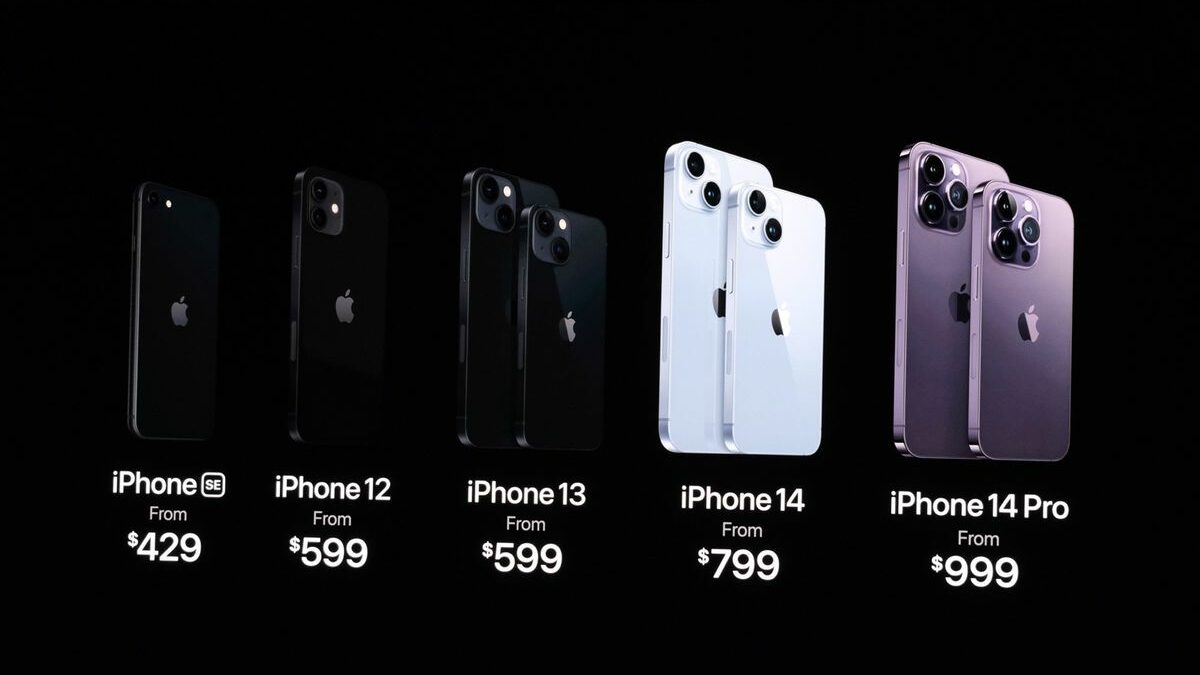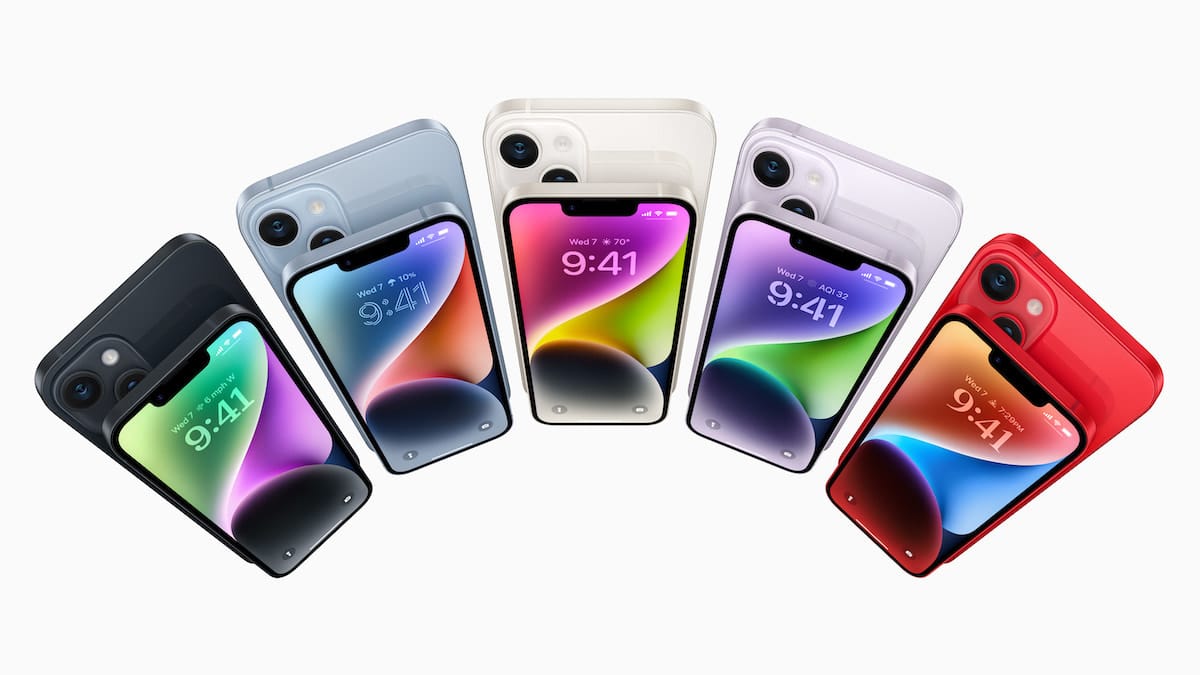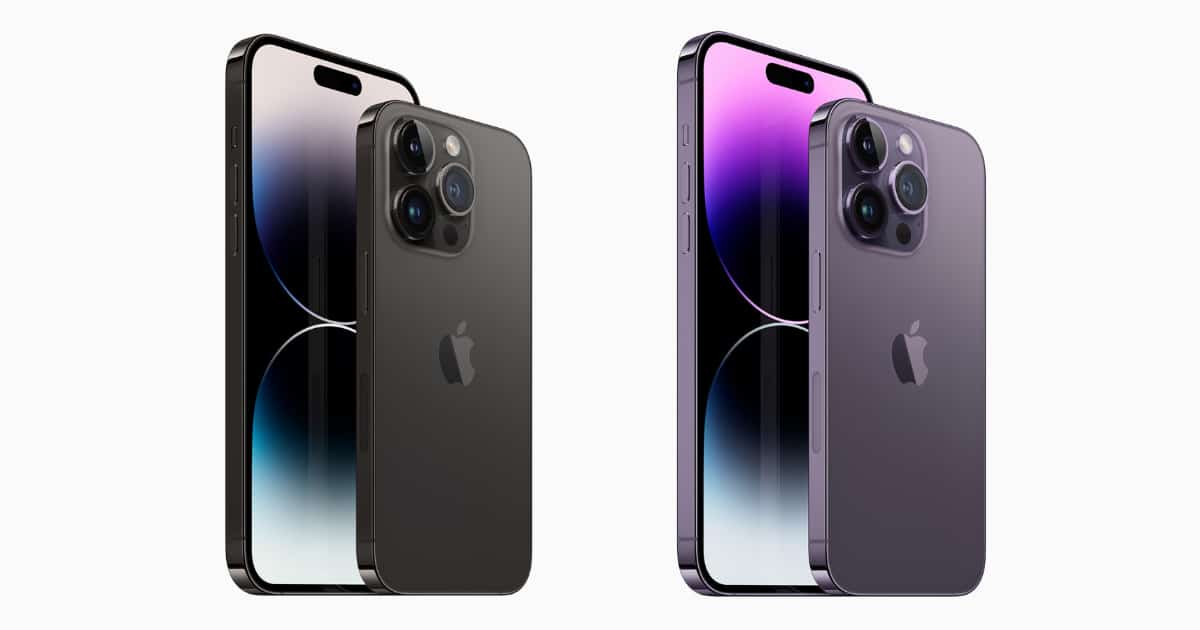The iPhone has become a ubiquitous part of modern life, and it’s no secret that Apple has played a significant role in shaping the smartphone market. In recent years, the market for smartphones has evolved, with a trend that’s making it look more and more like the market for used cars. People are opting to keep their devices longer, extending the life of their smartphones through repairs or buying refurbished models.
A new report highlights how this shift in behavior has led to enormous implications for the smartphone industry, including which company emerges as the winner in the smartphone wars and how the dominant players make their profits.

Apple’s secret to winning the smartphone wars with iPhone is the aftermarket
The market for smartphones has evolved significantly in the past few years, with a trend that’s making it look more and more like the market for used cars. Instead of upgrading their phones every few years, people are opting to keep them longer, extending the life of their devices through repairs or buying refurbished models. This shift in behavior has enormous implications for the smartphone industry, including which company emerges as the winner in the smartphone wars and how the dominant players make their profits.
One of the biggest beneficiaries of this trend is Apple, thanks in part to the longevity of their devices. By supporting software upgrades for older models dating back to 2017, iPhones are lasting longer than ever before. Additionally, since new iPhone models are often indistinguishable from previous versions, older models are still more than adequate for most people’s needs.

This trend is also driven by the rising costs of new smartphones. Consumers are becoming more aware of how expensive new models are and are opting to keep their old devices longer or buy refurbished models instead. This trend is known as “premiumization,” which is essentially charging consumers the most they’re willing to pay. Apple is a primary driver of this trend, with the highest-end iPhone 14 Pro Max costing $1,599. By offering more expensive devices with features like bigger screens and better cameras, Apple has managed to increase the average price across all new iPhone sales to more than $900 as of the 2022-23 holiday season.
Apple’s dominance in the premium devices market is driving the company’s record share of revenue and profit in the phone market. However, it’s what’s happening to these premium devices years later that’s having the biggest impact on the total number of iPhones in use on any given day.
Apple has doubled down on the aftermarket, which is the secondhand smartphone market. iPhones are lasting longer than ever, and with network carriers offering discounts on new phones when people trade in an old one, there are ample devices available for bargain hunters. Apple is also making a significant push to sell refurbished devices, which is driving its share of the used smartphone market even higher.

For the quarter that ended in June 2022, Apple’s share of smartphones in use in the U.S. crossed the 50% mark for the first time. As of December, iPhones accounted for 52.5% of the smartphones in use in the U.S., according to Hanish Bhatia, an analyst at Counterpoint. He expects that share to continue to keep creeping up until something changes that allows Android smartphone makers to contain the slow erosion of their user base.
In conclusion, the trend towards longer-lasting smartphones has enormous implications for the smartphone industry, including the dominance of a single company in the market, the profitability of the dominant players, and the rise of the used smartphone market. While Apple has emerged as the leader in the premium devices market, the impact of the trend toward longer-lasting smartphones will be felt across the entire industry.
(via the Wall Street Journal)